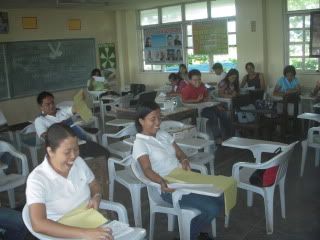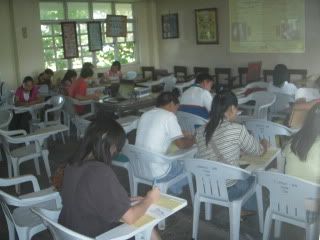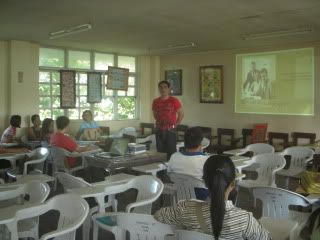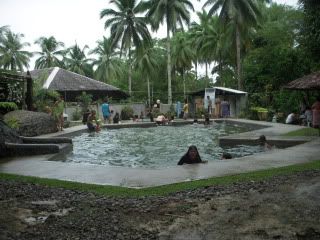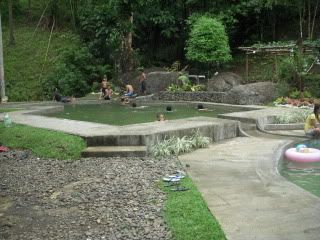Living within breathing distance from squalor, you can’t help but get affected. And who wouldn’t if you have a neighborhood like this?



For sure it bothers you. But because you’re not Bill Gates, you think of little ways for them to experience joy and to set aside their misery if only for a day. And this you do on Christmas.
You began doing this when your niece, Maymay, was four years old. Maymay is already a nurse in London and you’re still at it, which means that you’re running it for over 20 years now. Yes, it’s that long; but the euphoria remains undiminished as you look forward to the date---anywhere from 27-30 December---every single year.
For the longest time you shouldered everything even if friends offered to share. It was only later that you allowed them the privilege to be part of this modest project. But through the years, the favored ones remain few: Marilen Ty, Melba Sales through Susie, Rhosalee Vasquez-Espinoza, Irma Maralit-Medrano, and Tita Soledad-Ubaldo.
Being one with the less fortunate kids during Christmas has become your form of meditation, your way of keeping in touch with the eternal child in you. But above all, because God has been ceaseless in blessing you, it’s your way of paying forward.
***********
THIS YEAR'S HIGHLIGHTS IN PICTURES
***********
9:00 AM, 27 dec: distribution of used clothing from ms. rhosallee vasquez-espinoza; almost half of the kids wore these clothes to the party in the afternoon.



******
just before the program started; 3:00 PM, 27 Dec.





*****************

saying "thank you" to this year's biggest donor, Ms. Tita Soledad-Ubaldo, my high school batchmate who lives in Texas, USA. She sent a boxfull of love, candies,chocolates, toys, school supplies, and many more!
*********

thanking yet another semi-regular donor, Ms. Irma Maralit-Medrano of Landbank-Tandag.
**********
chow time with bottomless orange juice!

**************
more stuff for tykes

Look, 'Nay, got some stuff from Auntie Tita!


**********
imported school supplies galore!



*********
Pinoy Henyo


************
amazing race for kids

***********
mad scramble for candies and chocolates

************
pabitin for toddlers

************
kaliding race

************
sack race

**********
Christmas spelling

*********

First Prize, Dance Contest

Second Prize

Third Prize
***********
post-program frenzy


*******************









